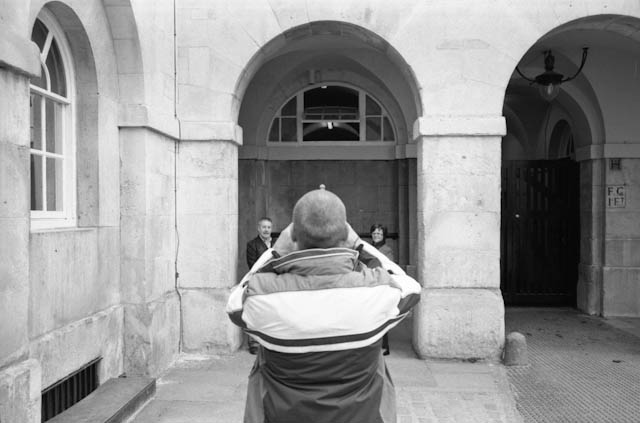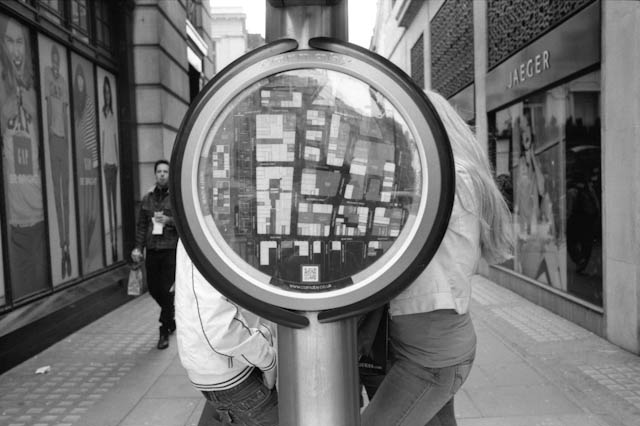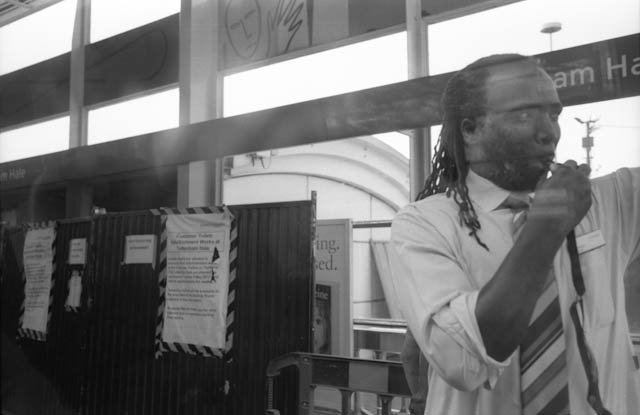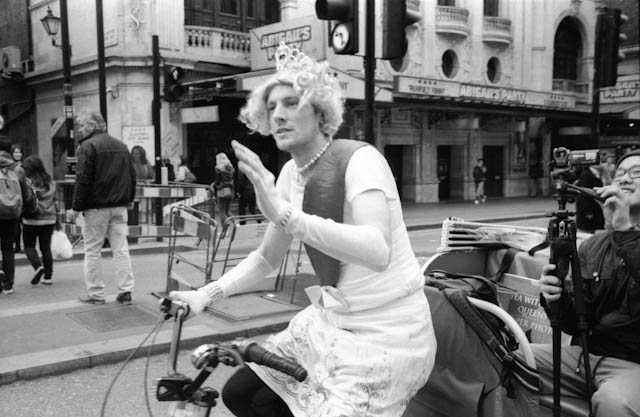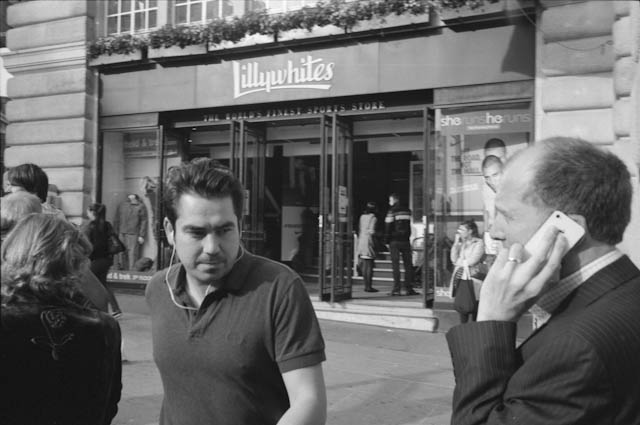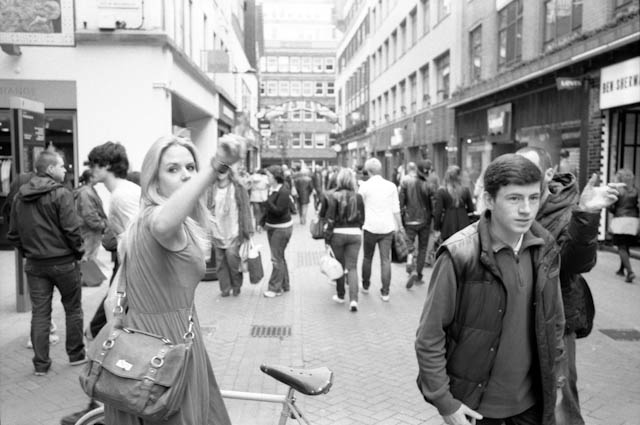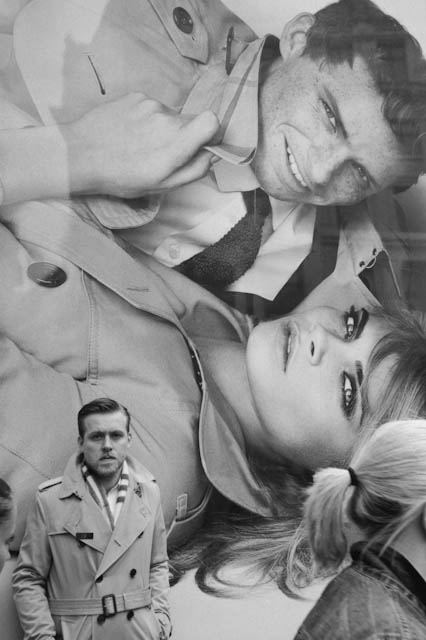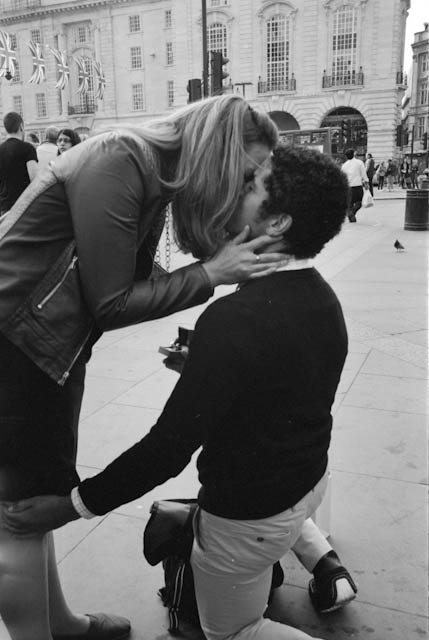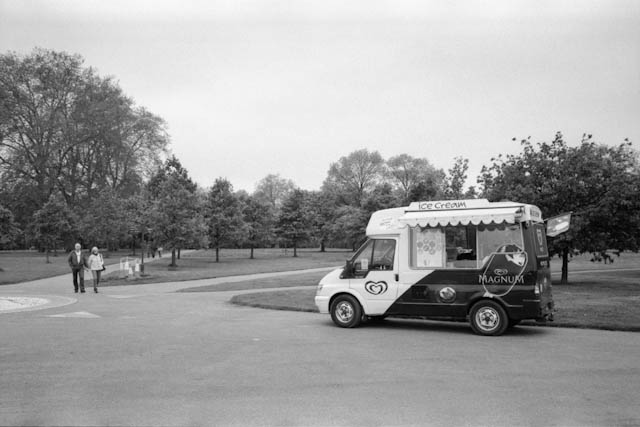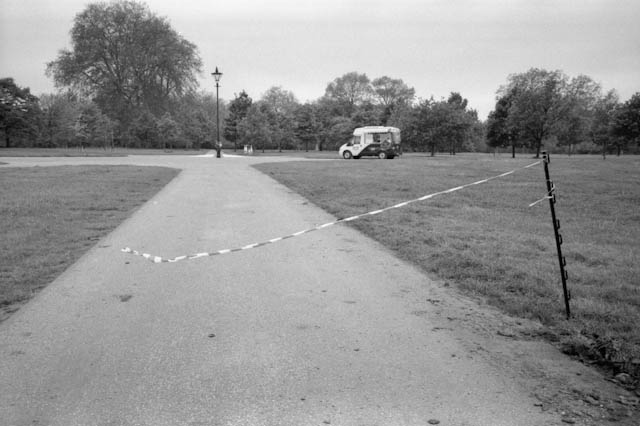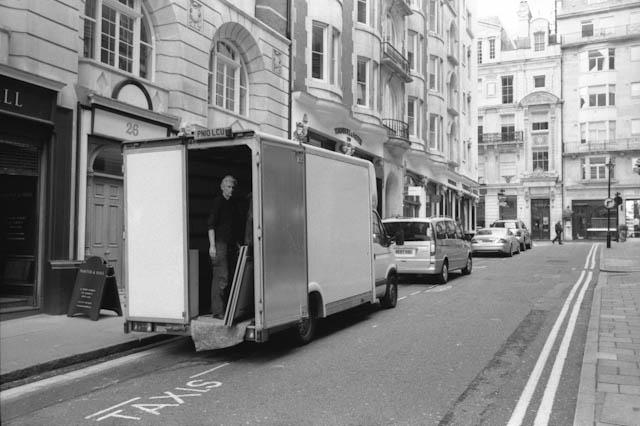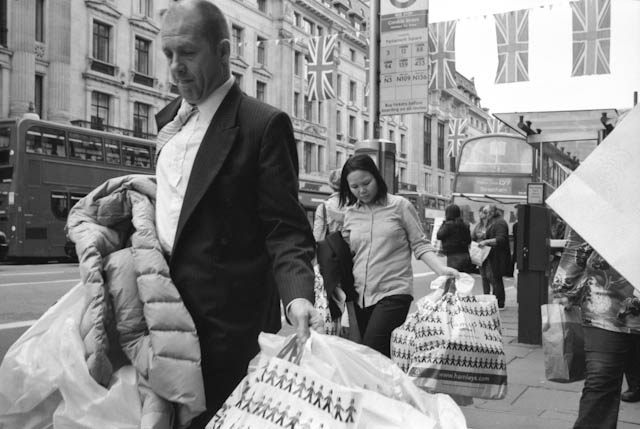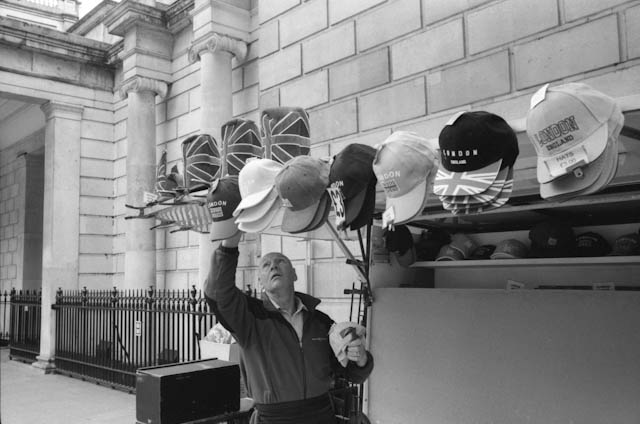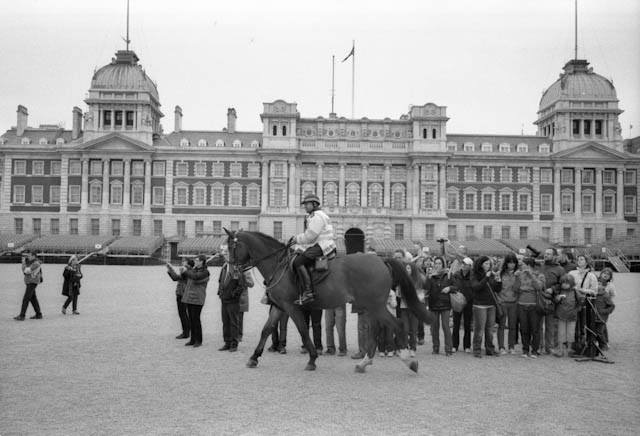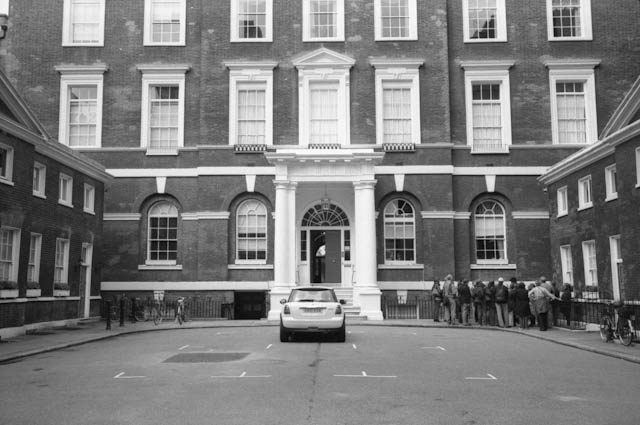Between work meetings and jetlag I didn’t get in as much of the UK as I had on my previous trip over and remained largely in the central London area dropping odd shots here and there.
I’ve started to amass a decent collection of black and white photography books- in just the past two months I received a copy of Koudelka’s Gypsies and Dream Street: W. Eugene Smith’s Pittsburgh Project as birthday gifts along with purchasing a copy of Tod Papageorge’s Passing Through Eden.
Gypsies was about what I had expected and by far lived up to the legendary status bestowed on it, although I was surprised it didn’t include one of his more popular images that I had assumed was part of the series.
I had only read about W. Eugene Smith’s drawn out Pittsburgh Project in the Geoff Dyer book I finished a few months ago; the actual photos selected in Dream Street covered a large span- everything from urban landscape, kids, the elderly, politicians, workers, artists, to more abstract photos of street signs, city lights, steam and melted steel.
Passing Through Eden I found at a local used book shop and (aside from the great images of Central Park) includes a great ending bit on his evolution as a photographer inspired by his ineptitude at poetry and a run in with Winogrand, excerpt as follows:
“…A simple question that knocked me for a loop: until then, I’d commonly measured the world photographically with a “normal” 50mm lens from about 12-15′ away (often making vertical pictures at the closer distance to fit a figure head-to-toe in the viewfinder); now, with a new 35mm lens on my Leica (my response to Winogrand’s question), to even loosely fill the picture frame I was forced to move physically up on what I photographed with my now always-horizontal camera (using this lens vertically caused unmanageable distortion). Even more, the soft, sculptural quality that the 50mm lens tended to give things was swapped for a front-to-back blanket of sharpness that etched every part of my photographs- people, walls, paving stones- with a dumb, deadpan literalness. In those first months, poetry seemed to me the last things this lens might lead to; I only slow came to understand that, to use it effectively, I was going to have to learn to communicate photographically in a more dispassionate language than I knew how to speak…”
You can read more from Tod Papageorge about the book in his Alec Soth interview from around the time of publication.
